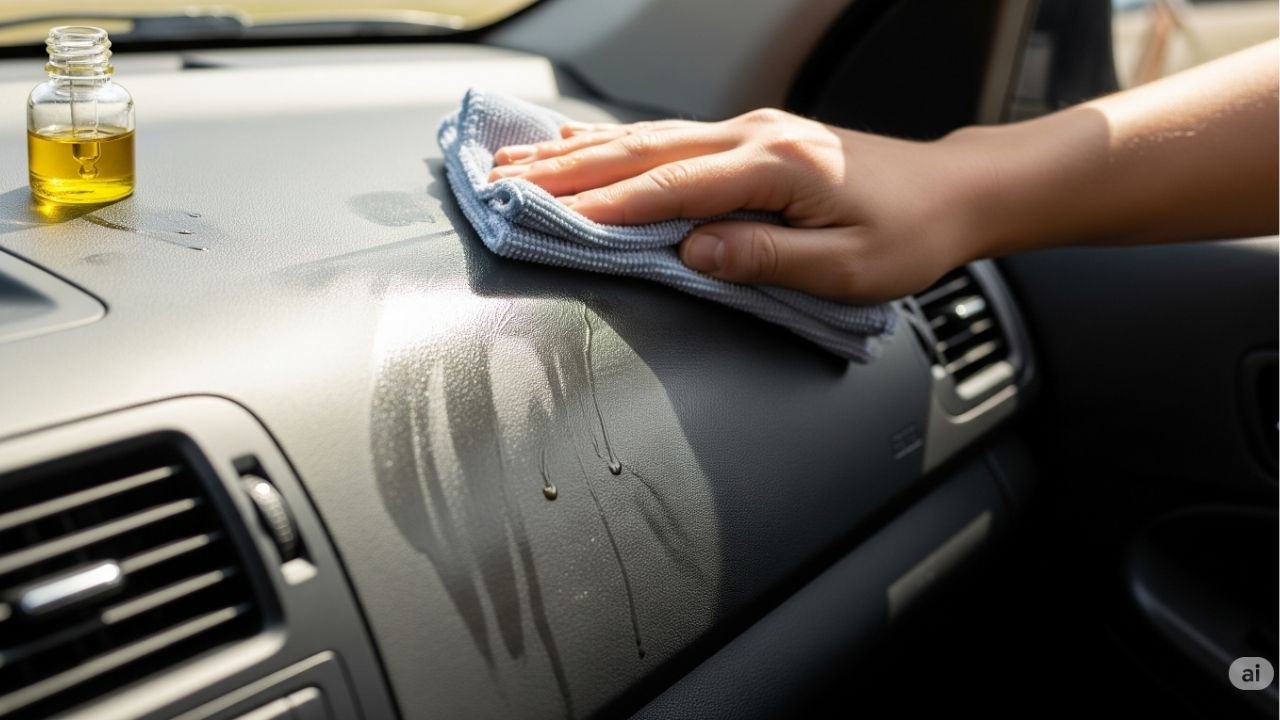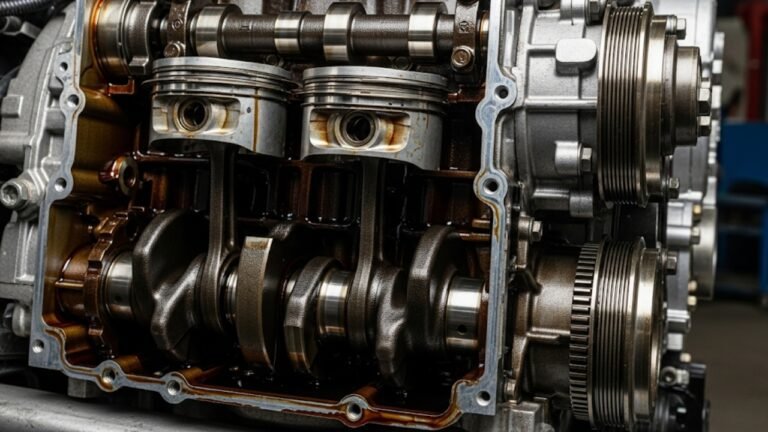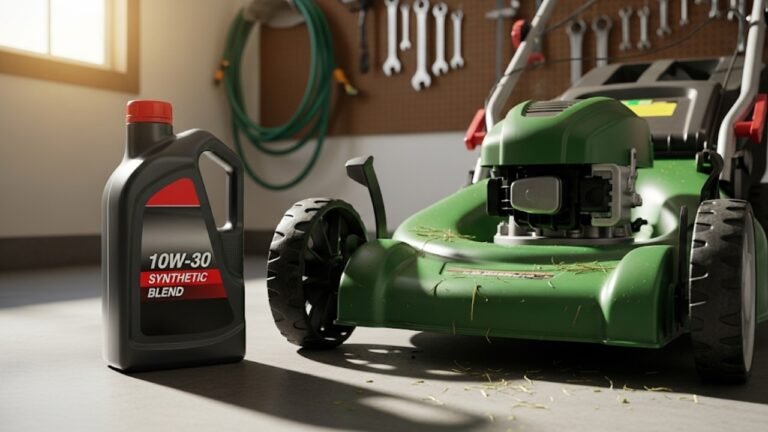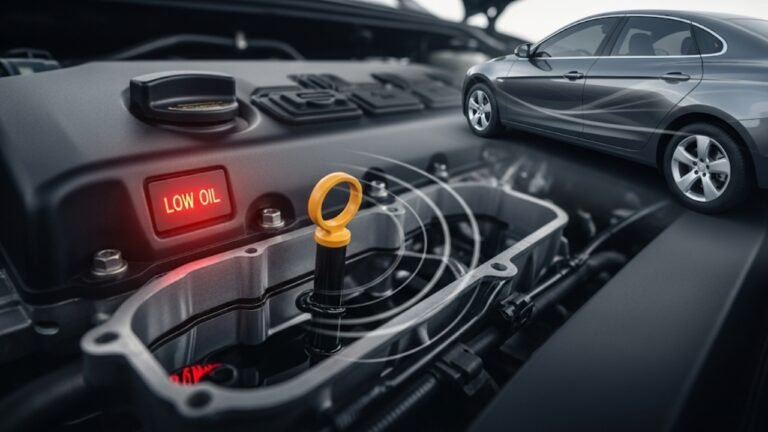Olive Oil to Clean Car Dashboard – A Surprising Hack

A few months ago, I was cleaning out my kitchen cabinet and found a dusty bottle of olive oil tucked behind the spices. It was past its prime for cooking, but instead of throwing it away, a wild idea crossed my mind—could I use olive oil to clean my car dashboard?
Now, that may sound strange. But if you’ve ever been desperate to remove those white streaks and dull patches from your car’s dash, you know the feeling. The store-bought cleaners can be strong, expensive, and sometimes leave more grease than shine. So, I tested it out, and to my surprise, the result blew me away.
In this guide, I’ll take you through everything you need to know about using olive oil to clean car dashboard. From how it works, to pros, cons, safety tips, and some quirky stories along the way, this article is packed with insights and real-life advice. Whether you’re a car lover, a DIY enthusiast, or just someone curious about natural hacks, stick with me—this might just change the way you clean your car.
Why Olive Oil on a Car Dashboard?

Actually, olive oil contains natural conditioning agents. These help moisturize dry surfaces, remove dust, and give a sleek finish—much like how leather polish works. Plus, it’s a natural alternative without harsh chemicals or overpowering scents.
Benefits at a Glance:
-
Non-toxic and natural – Safe for you and the environment.
-
Restores shine – Makes faded dashboards look brand new.
-
Repels dust – Helps reduce how fast dust settles again.
-
Easily accessible – Found in almost every home.
I’ll admit, I was skeptical the first time I used olive oil to clean car dashboard, but once I saw how smooth and clean the surface looked, I couldn’t stop admiring it.
Step-by-Step Guide: How to Use Olive Oil to Clean Car Dashboard
Let’s get practical. You don’t need a ton of tools. Here’s how you can do it with what’s probably already in your kitchen drawer.
What You’ll Need:
-
A clean microfiber cloth
-
A small bowl
-
Olive oil (any kind, even expired)
-
Optional: A soft toothbrush for tight corners
Instructions:
-
Wipe off loose dust: Use a dry cloth to remove surface dust and debris.
-
Pour a small amount of olive oil into the bowl. A teaspoon is usually enough for one application.
-
Dip a corner of the cloth into the oil. Less is more—you want a light coating.
-
Gently rub the cloth over your dashboard in circular motions.
-
Buff the surface with the dry side of the cloth to absorb excess oil.
Pro Tip: Avoid using olive oil on touchscreens, vents, or near electronics. It’s best suited for plastic or vinyl dashboards.
Olive Oil vs Commercial Dashboard Cleaners: Which is Better?
Let’s put them side by side in a quick comparison. This can help if you’re still on the fence about trying the olive oil to clean car dashboard method.
| Feature | Olive Oil | Commercial Cleaners |
|---|---|---|
| Natural Ingredients | ✅ 100% natural | ❌ Often chemical-based |
| Leaves Greasy Residue | If used correctly | ✅ Some do |
| Cost | ✅ Budget-friendly | ❌ Can be expensive |
| Easy to Find | ✅ In most kitchens | ❌ Needs a store trip |
| Fragrance | ✅ Mild, natural scent | ❌ Can be overwhelming |
| Conditioning Effect | ✅ Nourishes surface | ✅ Varies by brand |
It’s clear that for a natural, budget-friendly option, olive oil makes a great case. But it’s not perfect for everyone—if you want a matte finish or use your car for showrooms, a specialized cleaner might be better.
Personal Story: How I Stumbled Into This Car Hack
So, here’s a little story. One day, I was prepping my car for a family road trip. We had guests coming, and the dashboard looked like it had aged ten years overnight. I didn’t have time to run to the store for a cleaner, so I started looking for DIY solutions.
I tried a baking soda scrub—too messy. Then I tried water and vinegar—it made it smell like salad dressing. In a moment of frustration, I dipped a cloth in old olive oil, rubbed it on, and wow—the dashboard transformed before my eyes.
It wasn’t just shiny—it glowed. My wife thought I had paid for detailing. Since then, I’ve used it every few weeks, and the dashboard still looks incredible.
Is Olive Oil Safe for All Dashboard Materials?
Great question! Not every car dashboard is created equal. Depending on the material, the result can vary slightly.
Let’s break it down.
| Dashboard Material | Safe to Use Olive Oil? | Notes |
|---|---|---|
| Plastic | ✅ Yes | Buff thoroughly to avoid greasiness |
| Vinyl | ✅ Yes | Looks great, repels dust |
| Leather | ✅ Yes | Use lightly, condition occasionally |
| Faux Leather | ✅ Yes | Similar to vinyl; works well |
| Fabric or Suede | ❌ No | Can stain or damage the surface |
| Touchscreens | ❌ No | Avoid oil on electronics |
If in doubt, test a small area first. Most modern dashboards are made from plastic or vinyl, so you’re good to go with olive oil to clean car dashboard in most cases.
Common Mistakes to Avoid
Now, before you grab that olive oil bottle and go wild, here are a few things I learned the hard way:
-
Using too much oil: A little goes a long way. Overdoing it makes the dash feel sticky.
-
Not buffing after application: Always finish with a dry cloth to absorb residue.
-
Applying oil under sunlight: The heat can “bake” the oil and cause it to smear.
-
Using flavored or infused oils: Trust me, garlic dashboard is not a good idea.
Remember, the goal is a subtle shine, not a slip-n-slide dash.
Bullet Summary: Do’s and Don’ts
✅ Do:
-
Use a microfiber cloth
-
Test on a small area first
-
Buff thoroughly after applying
-
Store your olive oil cleaner in a labeled bottle for future use
❌ Don’t:
-
Pour oil directly on the dash
-
Use on fabric or touchscreens
-
Skip cleaning dust before application
-
Leave oil to soak without wiping
The Science Behind It: Why Does It Work?
Believe it or not, there’s some science behind why olive oil can be used to clean a car dashboard. Olive oil is rich in oleic acid, a natural fatty compound that acts as a gentle emollient. It softens and conditions materials like vinyl and plastic, restoring moisture to faded surfaces.
Moreover, its slightly viscous nature helps trap and lift dust particles. When wiped away properly, it leaves a mild, smooth surface that resists further dust accumulation—at least for a while.
So while it’s not a miracle product, it is a practical, eco-friendly option backed by basic chemistry.
Long-Term Effects: Is It Good or Bad Over Time?
Using olive oil to clean car dashboard once or twice might leave it looking amazing. But what about long-term use?
Here’s what I found after months of testing it on my own car:
-
The surface stayed smoother and resisted drying or cracking.
-
Dust buildup was less frequent—perhaps due to the oil’s conditioning layer.
-
There were no stains or negative effects on the material.
However, one thing to note: if you don’t buff properly, residue might build up over time. It won’t damage the dashboard, but it might attract more dust or leave fingerprints.
So yes, you can use olive oil regularly—but sparingly. Once every 3–4 weeks is more than enough.
Cultural Twist: Kitchen Staples Meet Car Care
I come from a family where kitchen ingredients aren’t just for cooking. My grandmother used turmeric for skin, mustard oil for hair, and even salt to clean copper. So when I discovered that olive oil could clean a car dashboard, it felt like another old-school hack passed down through generations—just with a modern twist.
In many cultures, especially in South Asia and the Mediterranean, olive oil is more than food. It’s a healing, nurturing symbol of purity and utility. Why not extend that respect to our vehicles too?
Caring for a car is almost like caring for your home—it reflects how you treat things around you.
Eco-Friendly Cleaning: Why It Matters Today
We live in a world where every small choice adds up. Using olive oil to clean car dashboard isn’t just about convenience—it’s a statement.
Benefits to the Environment:
-
No plastic bottles, aerosol sprays, or artificial chemicals
-
No harmful VOCs (volatile organic compounds)
-
Safe to use around kids, pets, or sensitive individuals
By switching to household products like olive oil, you’re reducing your carbon footprint—one dash wipe at a time.
It may feel like a small thing, but just like a drop of oil spreads far, our choices ripple across time.
Olive Oil Dashboard Spray: DIY Recipe for Reuse
Want to make a reusable mix for quick spritzing? Here’s a simple DIY recipe.
Homemade Dashboard Shine Spray:
-
1 tablespoon olive oil
-
1 cup warm water
-
1 tablespoon white vinegar (optional) – for mild cleaning
-
A few drops of essential oil (optional) – for fragrance
Mix everything in a spray bottle. Shake well before each use. Spray lightly on the cloth—not directly on the dashboard—and wipe.
It works wonders and smells divine if you use lavender or lemon oil!
FAQs About Using Olive Oil to Clean Car Dashboard
Let’s tackle some of the most common questions real people (like you and me) have:
1. Can I use olive oil on leather car seats too?
Yes, but use it with caution. Olive oil can help condition leather, but only if applied sparingly and buffed thoroughly. Too much can clog pores in the leather or attract dust.
2. Will it make my dashboard slippery or shiny?
Not if used correctly. Apply only a small amount and always buff with a clean, dry cloth. This will leave a subtle, satin finish—not a greasy mess.
3. Can olive oil damage my dashboard over time?
No. Olive oil is gentle and actually helps nourish and protect plastic or vinyl surfaces. However, avoid overuse and never let it pool or soak into crevices.
4. What type of olive oil is best—extra virgin or regular?
Any type works! Even expired or basic olive oil does the trick. No need to waste your fancy cooking oil.
5. Is olive oil better than coconut oil for dashboard cleaning?
Coconut oil can work too, but it solidifies in cold weather and may leave more residue. Olive oil stays liquid, spreads evenly, and is less likely to clump or smear.
6. Will my car smell like olive oil afterward?
Only mildly, and the scent usually fades in an hour or two. If you don’t like the smell, you can mix in a few drops of essential oil to balance it out.
7. Can I store olive oil in the car for future use?
It’s not recommended to store olive oil in a hot car, especially during summer. Heat can cause it to degrade or go rancid. Keep it at home in a cool place and bring it out when needed.
8. Is it safe around kids or pets?
Yes, absolutely. Since it’s a food-grade product, it’s safer than most chemical cleaners. Just make sure you don’t leave oily rags lying around—they can be a slipping hazard.
Final Verdict: Should You Try Olive Oil on Your Dashboard?
If you’re someone who:
-
Loves natural, affordable solutions
-
Wants to avoid harsh chemicals
-
Enjoys simple DIY hacks
-
Values sustainability and eco-friendliness
Then using olive oil to clean car dashboard is a win-win. It’s not just about cleaning—it’s about connecting with your car, saving money, and choosing better alternatives.
Even if you try it once, I guarantee you’ll be surprised. Sometimes, the simplest ideas are the ones that stick. Or in this case—shine.
Quick Recap: What You’ve Learned
-
Olive oil is a gentle, natural cleaner for plastic and vinyl dashboards.
-
It nourishes the surface, adds shine, and repels dust.
-
Use a small amount, buff well, and avoid screens or fabrics.
-
It’s cost-effective, eco-friendly, and easy to use.
-
With proper application, it’s safe for long-term use.
Final Thoughts: Let Your Car Shine, Naturally
Our cars go through a lot—sunlight, dust, spills, and wear. They deserve care that’s gentle, honest, and free from harsh chemicals. Using olive oil to clean car dashboard is more than a cleaning trick—it’s a reminder that sometimes, the best solutions are already in your hands.
The next time your dashboard looks dull, don’t rush to the store. Just peek into your kitchen, grab that bottle of olive oil, and give your car the natural shine it deserves.






